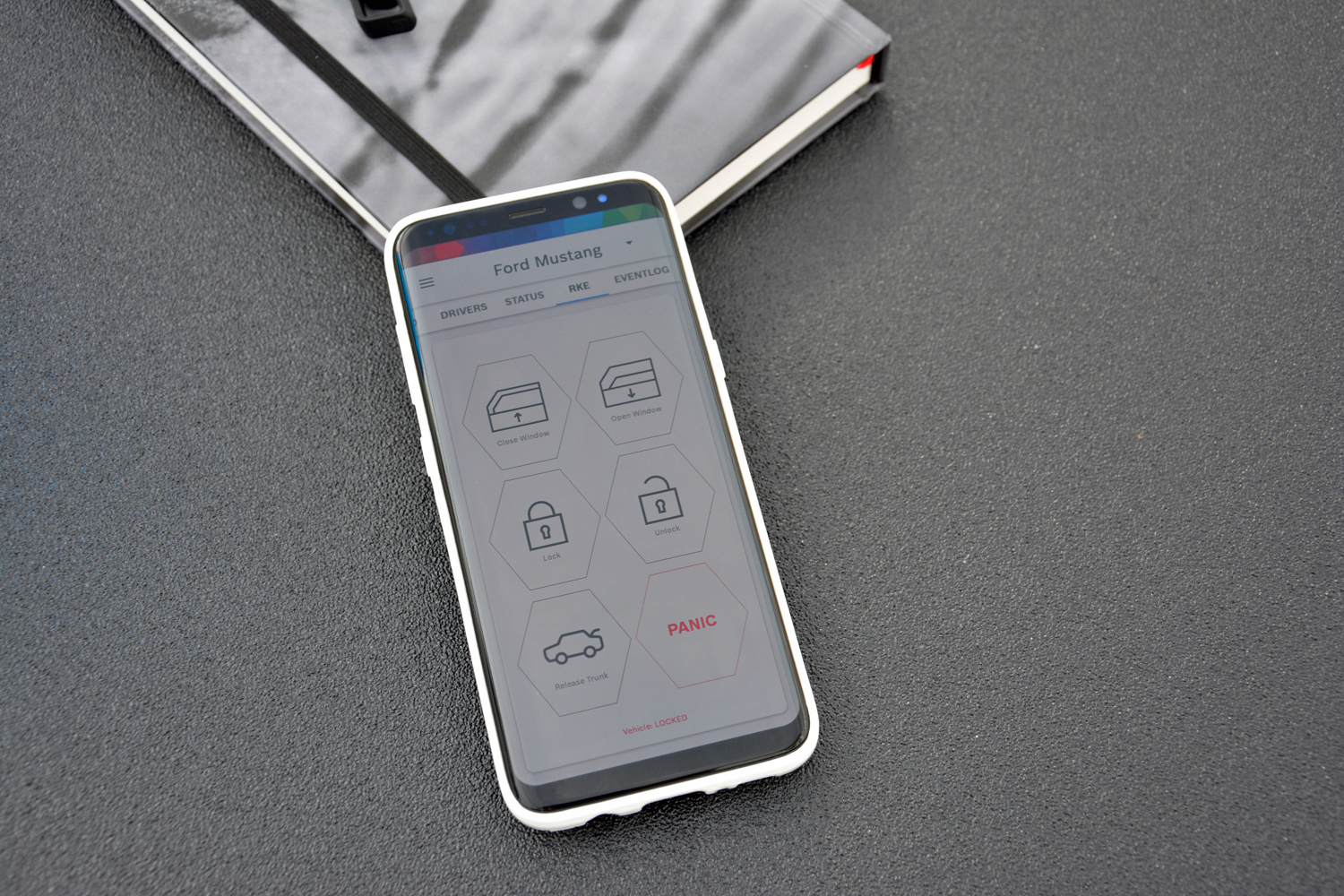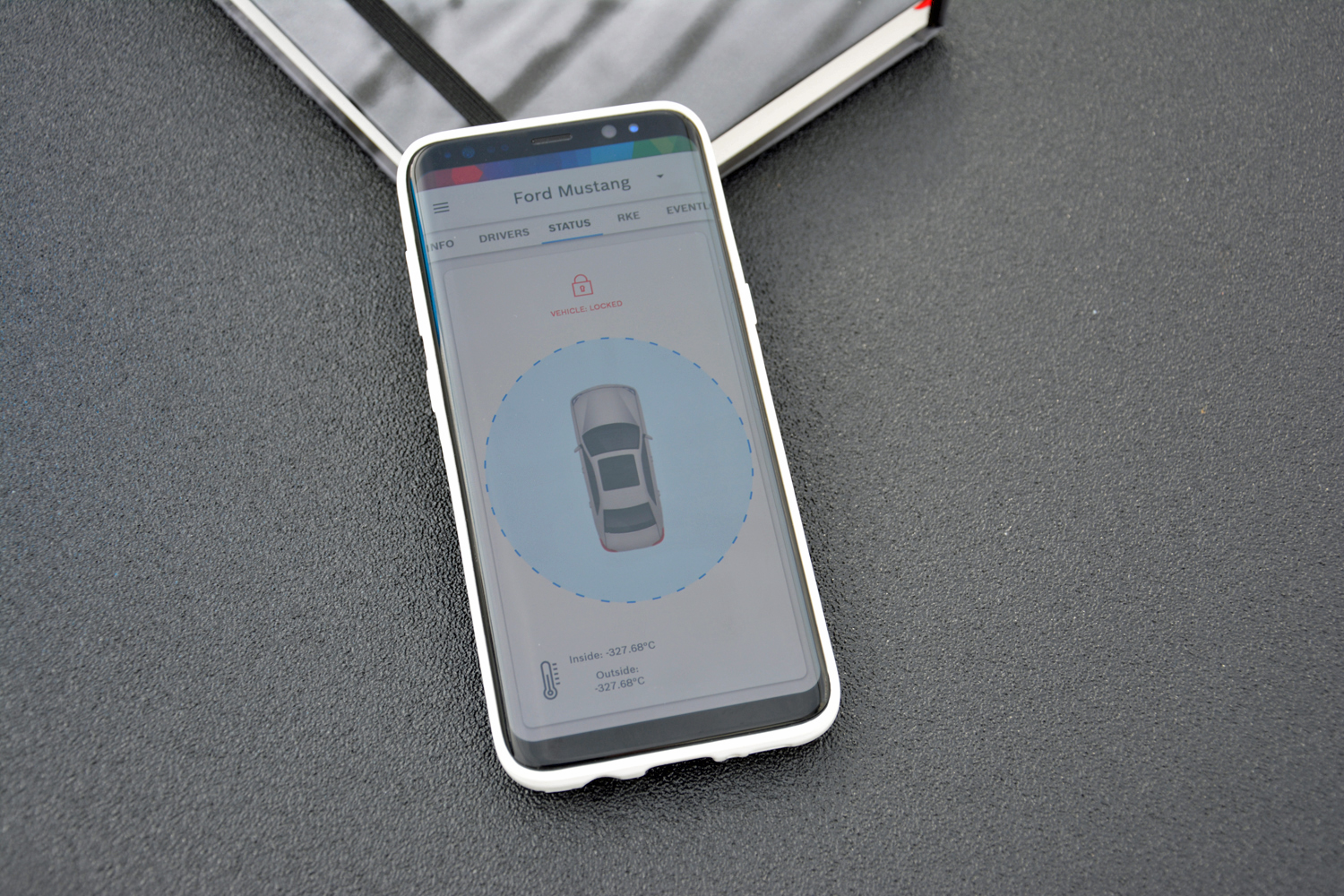Bosch is looking to take the convenience of keyless-entry technology to the next level. The German components manufacturer traveled to CES 2019 to reveal a system named Perfectly Keyless that it promises will revolutionize keyless-entry systems while making them much more complicated to hack. It all starts with a smartphone and a dedicated app.
Perfectly Keyless stores a digital car key directly in the user’s smartphone via a purpose-designed app. When the driver approaches the car, digital key-management software connects the smartphone to sensors built into the vehicle via the cloud. The sensors instruct a special control unit to unlock the car if they recognize the key. Bosch pledges the technology is as secure as fingerprint identification; there’s no way to open a car if the sensors don’t recognize the unique digital key, or if the
The neat part about the system is that drivers don’t need to get their phone out and hold it up to a specific part of the car to unlock it. Because information travels through the cloud, the sensors read the digital key even if the device is in the user’s pocket, purse, or backpack. This helps Perfectly Keyless stand out from similar technologies that rely on near-field communication (NFC), Bosch explained during CES 2019. It’s similar to Tesla’s solution for replacing the key on the Model 3. Motorists can also use the app to open or close the windows, open the trunk, or trigger a panic mode that sounds the horn and flashes the lights.
Bosch envisions several use cases for its Perfectly Keyless technology. First, and most obviously, it can make the lives of motorists more convenient. Going fully keyless would make carrying around a key fob a habit of the past, and almost everyone has a smartphone, so drivers wouldn’t need to change their behavior. They’d simply walk up to their car, open the door, push the start button, and drive off. It can also play a sizable role in making carsharing programs as painless and straightforward as possible. Additionally, users can share their car’s key instantly with another motorist, whether it’s for hours or years, and they can take away access just as fast if needed.
Tim Frasier, the president of automotive electronics for Bosch of North America, told Digital Trends the technology lets users decide who gets access which part of the car. For example, a valet could only receive access to the driver’s door, while a delivery driver could merely receive permission to open the trunk. The app sends notifications when someone else locks or unlocks the door.
What happens if you lose your phone, or if someone steals it? Bosch thought of that. It notes that users can deactivate the digital key online in a matter of seconds to block access to the vehicle. Of course, the catch is that you need to make sure your battery has a full charge at any given time to enter your car using this technology. If you don’t, however, there are several possible solutions to ensure you’re not locked out. The car could resort to NFC, or automakers could add a redundant keypad interface somewhere on the body. Either way, Bosch encourages the companies it’s working with to provide a backup solution.
Bosch told Digital Trends it will bring this technology to production in 2021, but it hasn’t revealed which car company will be the first to offer it.







